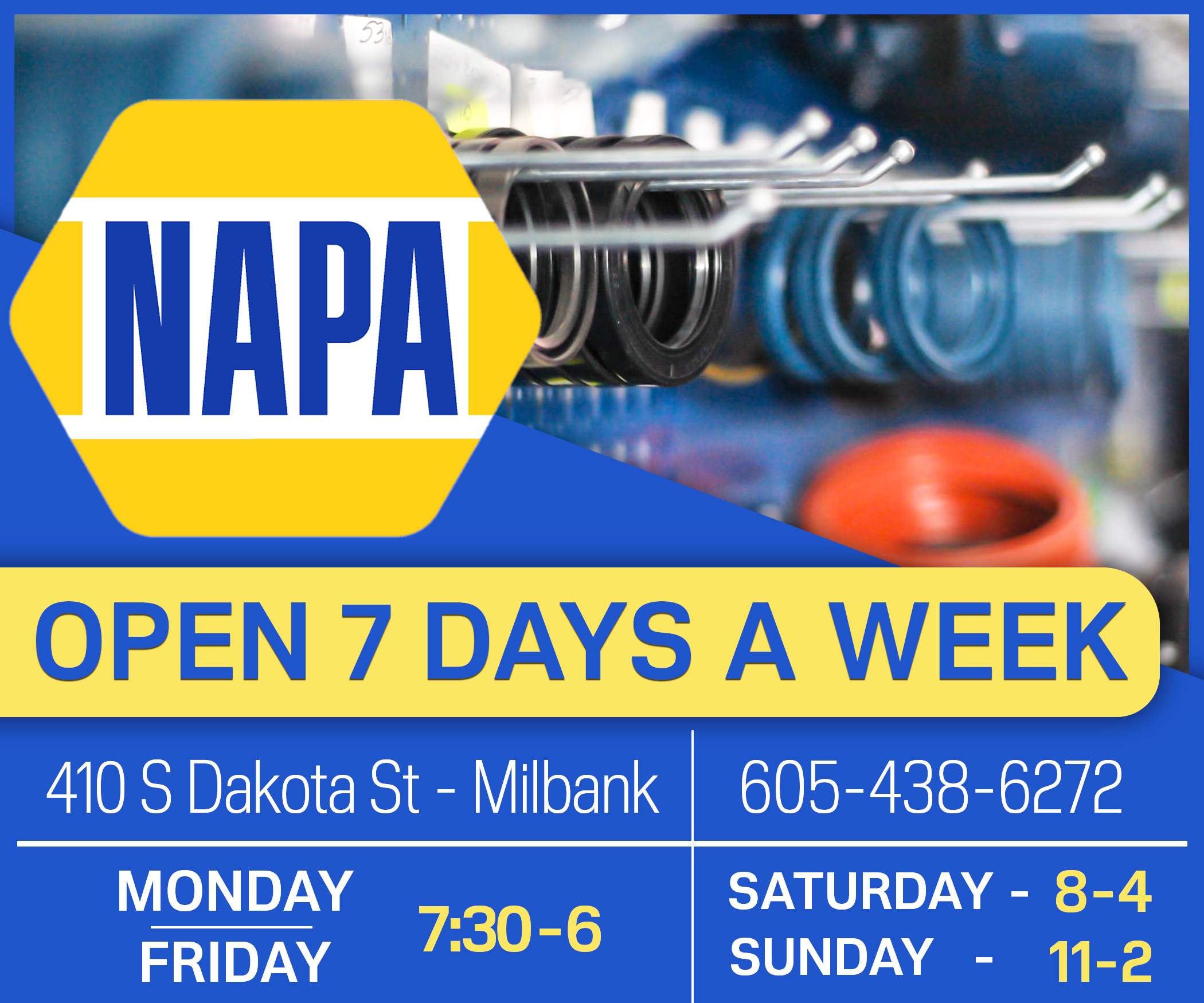ASK ARLO: The First Business on Main Street in Milbank
Ask ArloLocal News February 16, 2021 Staff 1


Arlo Levisen is the President of the Grant County Historical Society. He has extensive knowledge on the history of the area, including: Grant County History, Big Stone Lake History, the History of the Holland Grist Mill, the History of the Milbank Congregational Church and much more! Send in your questions. Arlo will have the answers!
Dear Arlo:
What was the first business on Main Street in Milbank? What year did it open?
T.C.
Dear T.C.
Businesses began to crop up in Milbank soon after Main Street was platted in July and August in 1880. My vote for the first one would be the Beehive. It was located on the northwest corner of Main Street where the Valley Queen Heritage Center now sits.
James Drake constructed a fairly large building which was called the Beehive and served as a general store. He sold anything and everything. The store offered food, drugs, hardware, furniture, and building materials. Eventually, it became a lumber yard like so many other general stores at that time. The first church service held in Milbank also took place at the Beehive. My research indicates a pastor from Ortonville came to conduct the services.
Drake’s good friend Henry Volkmar, who lived in the Beehive building, started a newspaper he called the Grant County Review. By the end of 1880, Volkmar had erected his own building just south of the Beehive building.
James Drake had four brothers, and they all followed him to Milbank. Some stayed for a short time and some until 1889. In 1882, James and his wife lost a son to scarlet fever and the boy was buried in the newly-created cemetery. It is believed to have been one of Milbank’s first burials.
During the decade of 1880-1890, the Drakes farmed and sold milk, ice, coal, and lumber. Edward Drake built the first business on Main Street in Wilmot. It was also a lumber yard, and Edward served as the first postmaster for Wilmot. He and his wife had two sons, both of whom were born in Wilmot.
The drought at the end of the 1880s resulted in failed crops and most likely prompted the Drakes to move west to Tacoma in Washington Territory. The Drakes, Americans from Cochecton, New York, were well educated, and had arrived in Milbank with some money. When times got tough, they had more options than most of the residents of Milbank, Dakota Territory.
The majority were German and Scandinavian immigrants. They couldn’t speak English and had meager resources. The drought must have seemed like the end of the line for them, but they stuck it out and triumphed over the severe weather conditions and economic disaster.











